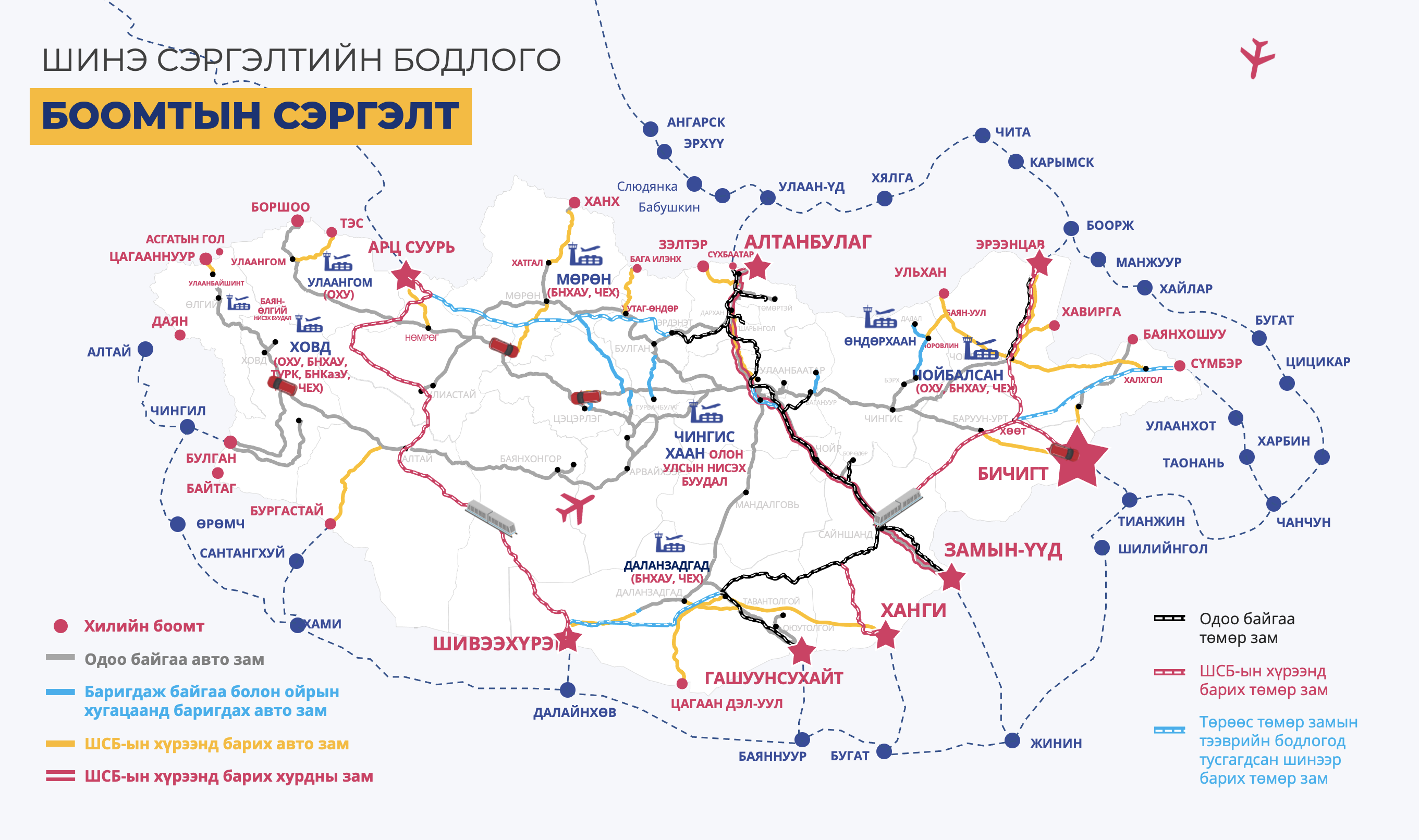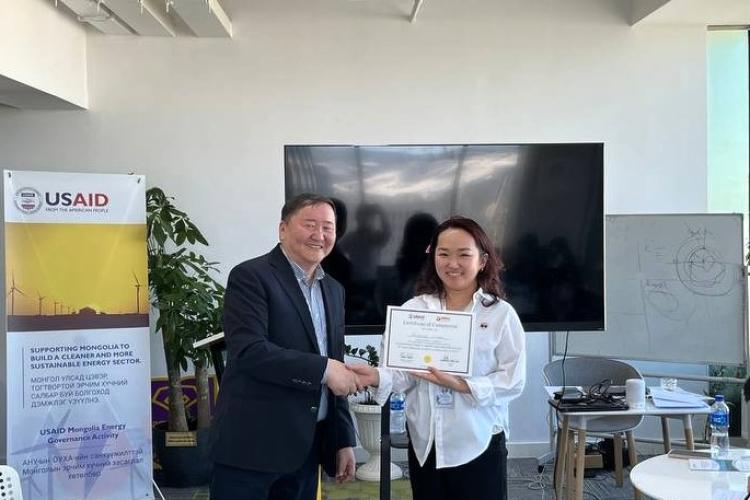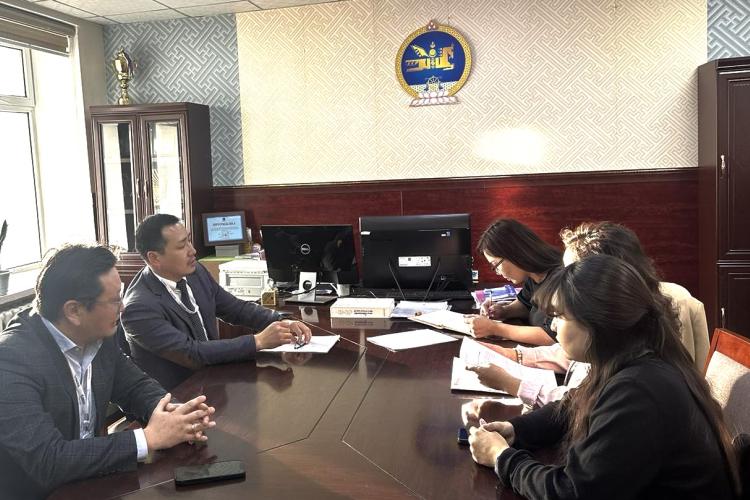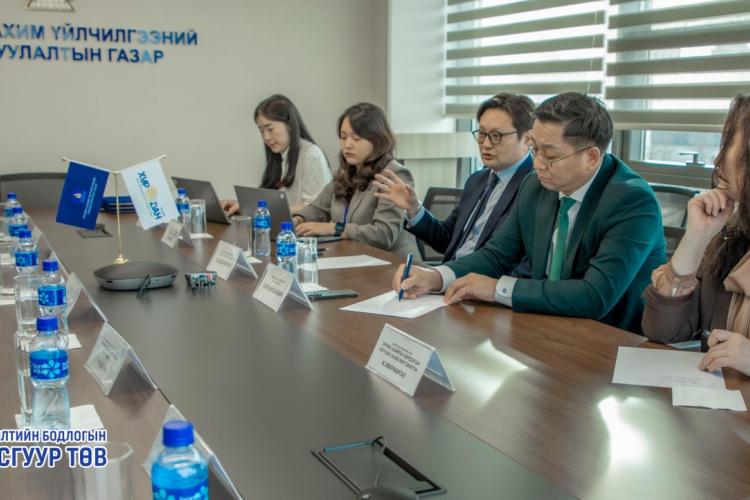ШСБХТ-өөс Төрийн албан хаагчийн цахим хэрэглээ түүний нэгдсэн удирдлагын тухай Монгол улсын хууль тогтоомж, дүрэм журамд заасныг бусад улсын дүрэм, журам, хууль тогтоомжтой харьцуулан судалгааг хийлээ.
Австрали улсын жишгийг судлахад тухайн улсын төрийн албан хаагч иргэний хувиар олон нийтийн сүлжээнд өөрийгөө илэрхийлэх, нийтийн платформуудыг ашиглах, хувийн амьдрал болон улс төрийн бие даасан үзэл бодолтой байх эрхтэй.







